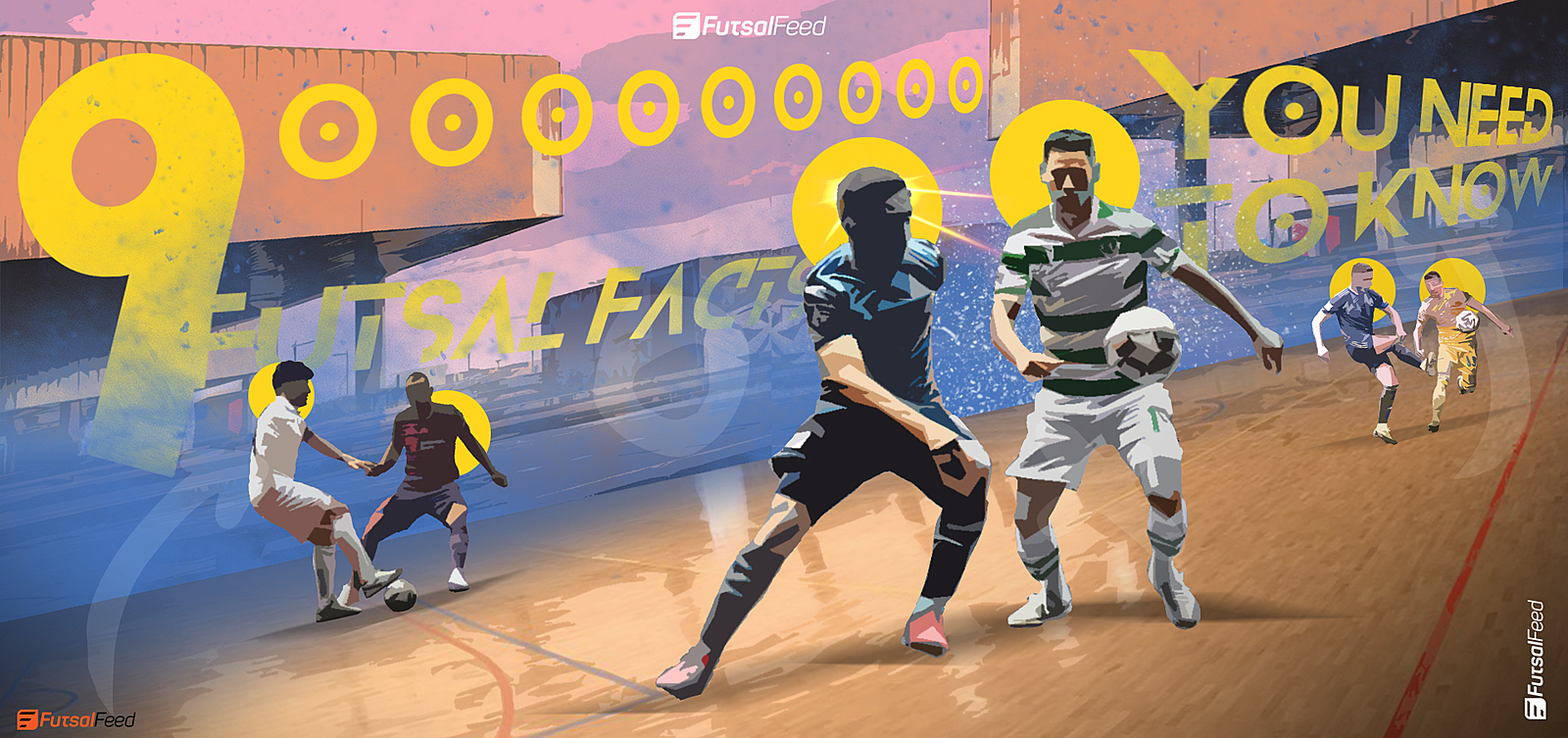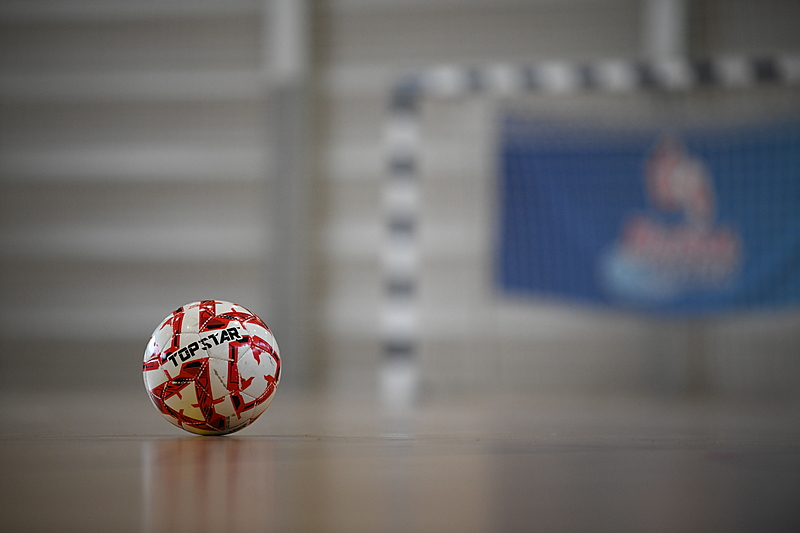Practiced since childhood mainly in schools globally, the sport, our loved sport known as 'heavy ball,' has some peculiarities that make it unique.
Futsal's Facts begin with its nickname. The ball is not heavier than a football ball, for example. Both are calibrated in weight between 400 and 450 grams, but the compressed pressure makes the futsal ball feel heavier due to their smaller size.
And futsal Facts don't stop there, so we'll explore this subject further in this article, but before that, you should know that the 2022 World Cup betting is kicking off soon.
1. The Positions
With fewer players forming each team, futsal is more specific in the roles of each one. The four-line players divide the roles of:
- Fixo (a defender with a good pass),
- Wings (which may have different characteristics, acting according to the team's need for balance on the court),
- and pivot (offensive anchor with an excellent ability to score goals).
The goalkeeper is not only under the posts but on the field. He almost always appears as a libero in punctual actions. He can go up with the ball, finish in counterattack situations, and be the line goalkeeper when the team needs to reverse an adverse score, being the goalkeeper himself or a line player with the goalkeeper shirt.
The line goalkeeper has also been explored as a fifth factor with the ball at his feet regarding ball possession. With the numerical advantage of players, the team uses possession of the ball in its favour, passing it from one side to the other in search of a strong scoring opportunity, but leaving its goal completely open.
2. The Infractions
Teams can make up to five collective fouls in each playing time. If a team exceeds this limit in the same period, scoring the sixth or more, it is penalized with a direct free kick to the opponent.
The free kick is taken from a mark that is 10 meters from the goal. The goalkeeper can try to decrease the angles for the taker by advancing to the edge of his area.
Just like in football, a foul inside the area is a penalty.
3. Arbitration
There are two responsible for refereeing on the court in futsal: the main referee, the most experienced and qualified of the pair, and his companion, the assistant or assistant referee.
They are each at one of the ends of the court, dividing the marking of the fouls and examining the exits of balls between other important moves.
Outside the court, on the coaching table, there is a person responsible for timing the match, either through an electronic scoreboard or a chronometer clock, and the recording official, who reports on the score sheet what happens on the court, such as fouls, cards, goals, etc.
4. The Impediment
With a reduced size compared to the football field, the offside rule does not exist in futsal. It existed until the end of the 80s and the beginning of the 90s. Nowadays, the game is based a lot on the counterattack because of this possibility of exploring the best positioning on the court.
Due to the game's speed and the better use of the pivot, the offside would be practically unfeasible, changing the sport as a whole from the tactical disposition to the strategies adopted on the court.
5. Substitutions
In futsal, there are fewer players, but substitutions are unlimited. All players listed for a match can be used, entering and leaving the court at any time.
More well-rounded or better-trained teams can substitute for an attack, a specific defense, or situations such as a corner or free-kick. All this in seconds, which requires players' full attention on the bench at all times.
Matches can be decided on account of substitutions.
6. Ball Throws
The only one who puts his hand on the ball in futsal is the goalkeeper, whether to defend or replace the ball in play from his area. All other replacements, such as side kicks and corner kicks, are made with the feet.
Virtually every touchline or corner is a potential play for a goal. The probability of a shot ending up inside the nets in a throw-in is much higher in futsal, with countless variations in play at these moments.
7. The Warnings
Just like football, futsal also has yellow and red cards. Their values are the same, yellow being an initial warning, with the player remaining on the court; a second yellow turning into red and causing the athlete to be expelled; and red a direct expulsion.
However, with the smallest number of players on the court, the definitive exclusion of a player would make the game unfair and unsustainable for the numerically impaired team.
Therefore, in futsal, the expelled player cannot return to the court but can be replaced by another player in the following situations: after two minutes or after a goal conceded by his team.
8. The Playing Court
The ideal size of the futsal court is 40 x 20 meters (40 in length and 20 in width), and official competitions are recommended to follow this standard. In a direct comparison, a futsal court has nine times less playing space than a football field, representing a tenth of a field.
This size makes an outfielder run an average of 6 km per game, compared to 10 km for a football player. However, the movements are usually more intense and explosive, demanding anaerobic responses from athletes.
9. Globalization
Worldwide, futsal is recognized as being practiced in more than 100 countries, even fulfilling the requirements to apply as an Olympic sport.
Futsal was never Olympics because of a political issue involving FIFA and the IOC. However, in 2018, futsal was added to the 2018 Youth Olympics.
Conclusion
These are some facts about this loved sport. We put together these facts to help newbies quickly get on board with what the sport entails. We hope we provided the value that you seek in this content.
Author: Nicholas Gonzales






